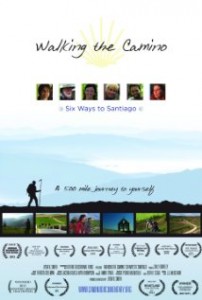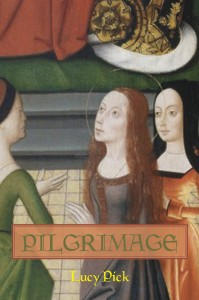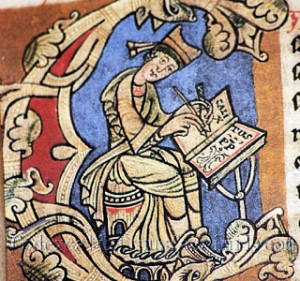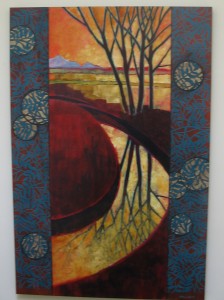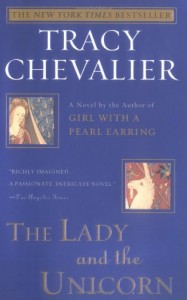Julianne Douglas has written a wonderful review of PILGRIMAGE on her blog, “Writing the Renaissance.” I say “wonderful” not only because it is positive, but even more because I think she really captures in her review what this novel is about and what I was trying to do. I can fairly say that if this review appeals to you, you will probably like the novel. You can check it out here:
And do keep Julianne’s blog bookmarked. It is a great place to catch up on the latest historical fiction. Julianne performs a real service to the HF reading community with her thoughtful reviews and interviews. I have been turned on to a lot of great novels I would not have known about otherwise on its pages. But more than that, it is a place for Julianne to explore her own writing interests in Renaissance France. Recent posts have been on John D. Rockefeller (yes, UChicago people, that Rockefeller) and the excavations at Fontainebleau; the illuminations in Claude de France’s prayer book; and a gorgeous nineteenth-century stained glass image of Renaissance poet, Louise Labé.
And check Julianne’s blog again tomorrow, when she will be interviewing me about the novel

